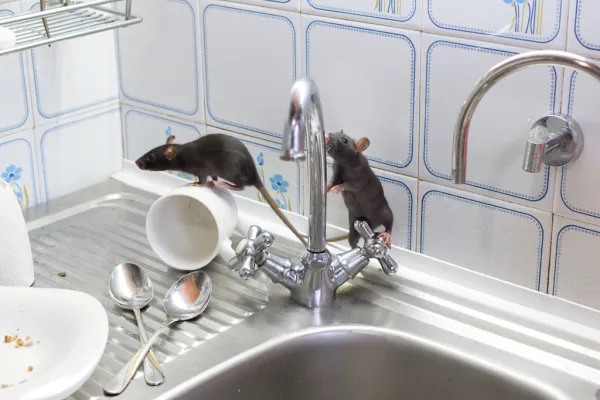Gnats and No-See-Ums

Gnats are common pests in many regions. Understanding their habits and taking proactive measures can go a long way in managing and minimizing their populations.
Gnats, midges, and no-see-ums are no strangers to South Carolina, North Carolina, or anywhere in the world. At least one species of these insects can be found on every continent, including Antarctica! Whether you call them no-see-ums, biting gnats, or sand gnats, they're all part of the same suborder of insects. 'Gnat' can refer to many species of tiny flying insects.
Biting Gnats
Biting gnats, often called 'no-see-ums,' are members of the Ceratopogonidae family. They measure approximately 1/16 inch, smaller than fleas, which accounts for their common name. Despite their minuscule stature, their bites are far from inconspicuous, as they can be quite painful and leave behind raised itchy welts. When gnats bite, unlike mosquitoes, they use their scissor-like jaws to cut your skin. While these tiny flies primarily feed on nectar, female biting gnats require blood to facilitate their reproduction.
No-see-ums have been linked to parasite infections and bluetongue, a significant disease affecting sheep and cattle transmitted by various species of Culicoides midges.
Eye Gnats
Eye gnats or non-biting gnats are in the Chloropidae family and are called grass, eye, or frit flies. These are the gnats you're probably most familiar with. They're the ones that seem to follow you around and swarm your face. Depending on the species, they typically travel in a large group and can be as small as 1-2mm long.
While no-see-ums bite, eye gnats don't bite. In fact, they feed on the mucus excreted from the eyes, nose, ears, and wounds. Have you ever had a gnat fly in your nose, eyes, or ears? Although they don't bite, they can transfer disease-causing organisms such as bacteria, potentially causing pink eye, sepsis, mastitis in cattle, and vesicular stomatitis in horses, sheep, goats, and pigs.
Gnats Are Tiny Winged Flies
Similar to mosquitoes, gnats require a moist location to lay their eggs. Female gnats can lay in freshwater, marshlands, wet sand, seashores, and even house plants with the correct amount of moisture. They can lay up to 500 eggs in their short 7-10 day lifespan. It only takes the gnats about 28 days to complete their life cycle. So, if you're wondering how fast or how often gnats reproduce, the short answer is a lot.
How To Get Rid Of Gnats
If you want to try the DIY way, you can put out a bowl of apple cider vinegar mixed with water and a splash of dish soap. The vinegar draws them in, and the dish soap cuts the surface tension so they sink when they land on the surface. If that doesn't work or you simply don't want to deal with it, reach out to the Palmetto Exterminator experts in the Lowcountry. Remember to check your screens and weather stripping to ensure there are no openings, and don't prop your doors and windows open if you want to reduce the number of flying insects in your home. They can get through the tiniest gaps.
While gnats may be a common pest in many regions, understanding their habits and taking proactive measures can go a long way in managing and minimizing their annoyance. So, whether you're enjoying the beauty of the Lowcountry or living elsewhere, staying informed and prepared is the key to keeping these tiny winged flies at bay. Contact Palmetto Exterminators for all your pest control needs.


